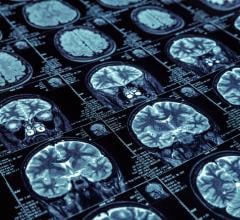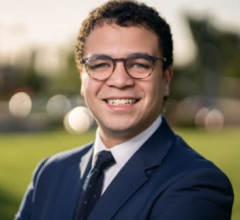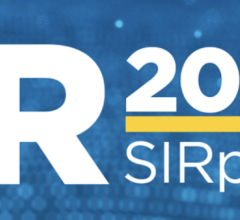March 9, 2009 - A minimally invasive interventional radiology treatment-that safely and effectively uses oxygen/ozone to relieve the pain of herniated disks-will become standard in the U.S. in the next few years, predict researchers at the Society of Interventional Radiology’s 34th Annual Scientific Meeting.
In a related study, the interventional radiologists examined just how ozone relieves the pain associated with herniated disks. The pain from herniated (or ruptured or slipped) disks is intolerable or persists. “Having a herniated disk can affect how you perform everyday activities and can cause severe pain that influences almost everything you do; however, you don't have to undergo invasive surgery,” noted Kieran J. Murphy, M.D., interventional neuroradiologist and vice chair and chief of medical imaging at the University of Toronto in Toronto, Ontario, Canada.
Oxygen/ozone therapy involves injecting a gas mixture of oxygen and ozone into a herniated disk. The treatment can limit pain and inflammation by reducing the disk's volume. Currently, open diskectomy and microdiskectomy (both involving removal of disk material through an incision) are the standards in surgical treatment for herniated disk. "Oxygen/ozone treatment of herniated disks is an effective and extremely safe procedure; interventional radiologists use imaging to guide a needle to inject oxygen/ozone into injured disks. The estimated improvement in pain and function is impressive when we looked at patients who ranged in age from 13 to 94 years with all types of disk herniations," explained Murphy. "Equally important, pain and function outcomes are similar to the outcomes for lumbar disks treated with surgical diskectomy, but the complication rate is much less (less than 0.1 percent)," he added. "In addition, the recovery time is significantly shorter for the oxygen/ozone injection than for the diskectomy," said Murphy. "The spine is a stunningly beautiful piece of engineering, or, as our engineers say, the spine is like a complex electromechanical system. And the interventional radiology oxygen/ozone treatment takes a minimalist approach. It's all about being gentle," said Murphy.
"Ozone shrinks disk volume; this is why it provides pain relief," said Murphy, whose second study explored the mechanism of why oxygen/ozone treatment works. The bones (vertebrae) that form the spine in the back are cushioned by small, spongy disks. When these disks are healthy, they act as shock absorbers for the spine and keep the spine flexible. But when a disk is damaged, it may bulge or break open. "There are millions of people with back pain who suffer and who can't work because of their pain. Undergoing invasive surgical diskectomy puts you on a path where you may be left with too little disk. Taking out a protruding disk may lose the shock absorption that naturally resides between them in the spine," said Dr. Murphy, who predicts this procedure will become standard in the U.S. within the next five years.
Researchers conducted a meta-analysis of various results published for oxygen/ozone treatment in regards to pain relief, reduction of disability and risk of complications. More than 8,000 patients from multiple centers in multiple locations were included in the study. The estimated mean improvement for patients after treatment based on the 10-point visual analog scale (VAS), a standard tool for rating the disabling effects of back pain, was a change of 3.9 (with 0 being no pain and 10 representing worst pain experienced). The estimated mean improvement was 25.7 percent for the Oswestry Disability Index (ODI), which measures one's ability to manage everyday life-such as washing, dressing or standing (with 61 percent or higher representing back pain that has an impact on all aspects of daily living. The improvement scores for VAS and ODI outcomes are well above both the minimum clinically important difference and the minimum (statistically significant) detectable change, indicating that the improvement in pain and function is a real change that can be felt by the patient. Much research in oxygen/ozone treatments has been done by interventional radiologists in Italy, said Murphy, indicating that as many as 14,000 individuals have received this treatment abroad over the past five years.
The mechanism of action in relieving low back pain is complex; however, the primary effect is a volume reduction due to ozone oxidation. Researchers discovered that a simple incompressible fluid model predicted that reducing disk volume by 0.6 percent results in an intradiscal pressure reduction of 1 psi (pounds per square inch). Thus a very small change in volume creates a large change in disc pressure, which reduces the applied pressure on the nerve and relieves pain. This model confirmed that a minimalistic alternative to a diskectomy, such as oxygen/ozone treatment, is capable of relieving the pain caused by a herniated disk without causing irreparable damage.
For more information: www.SIRweb.org


 July 25, 2024
July 25, 2024 








